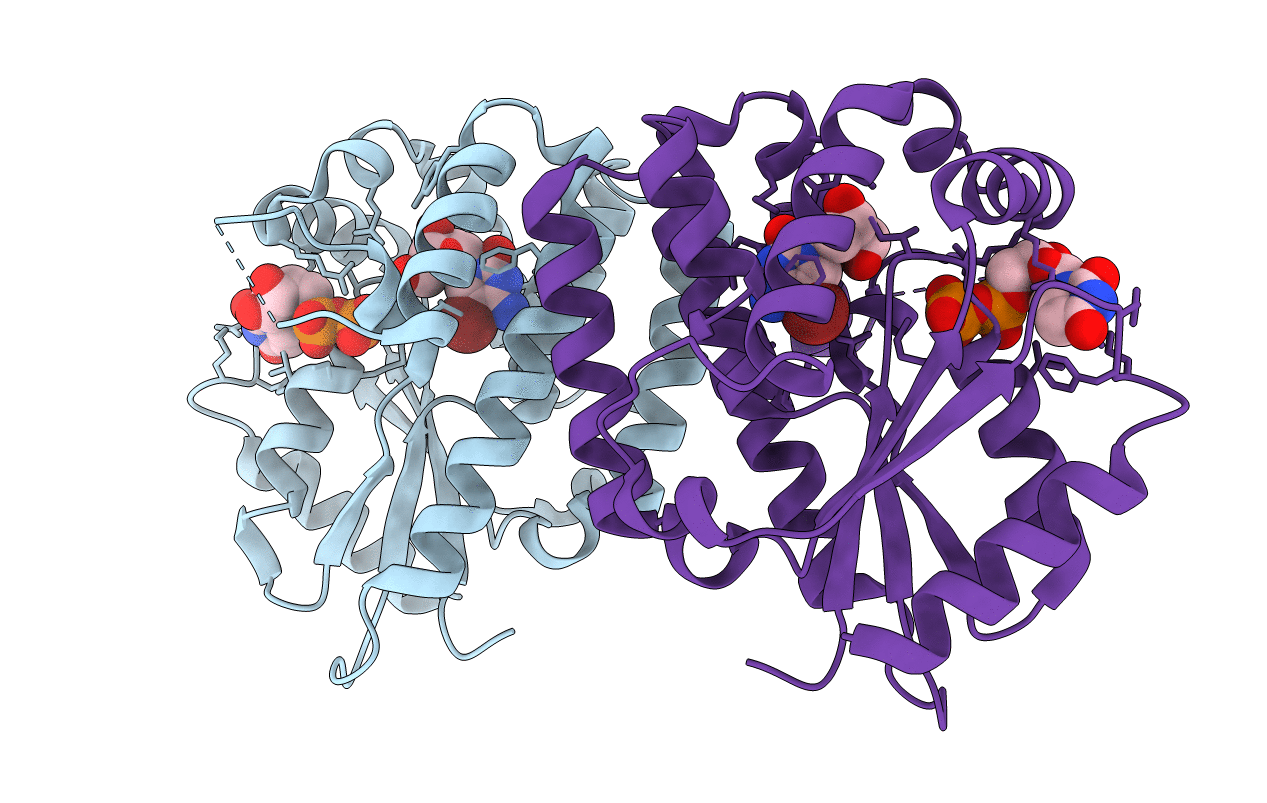
Deposition Date
2011-01-20
Release Date
2011-03-16
Last Version Date
2023-09-13
Method Details:
Experimental Method:
Resolution:
2.00 Å
R-Value Free:
0.24
R-Value Work:
0.19
R-Value Observed:
0.20
Space Group:
P 41


